
Hospitals face the losses even with proposed increase in federal reimbursement.

Hospitals face the losses even with proposed increase in federal reimbursement.

American College of Physicians wrote in a letter that more improvements are needed to the Coronavirus Aid, Relief, and Economic Security Act to better support physcians taking care of patients.
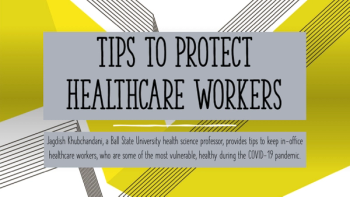
Jagdish Khubchandani, a Ball State University health science professor, provides tips to keep in-office healthcare workers, who are some of the most vulnerable, healthy during the COVID-19 pandemic.

With more consumer-centric efforts in healthcare, hospitals and providers have been seeing a decline in patient volume. Four more consumer-centric strategies can be found.
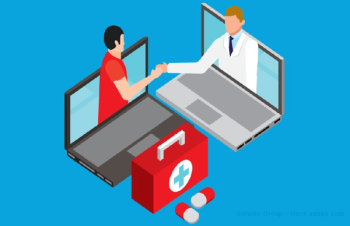
Leveraging experience in monitoring coronavirus symptoms, Datos health, an Israeli telehealth company, releases solution to avoid low-risk patients in overwhelming hospitals.
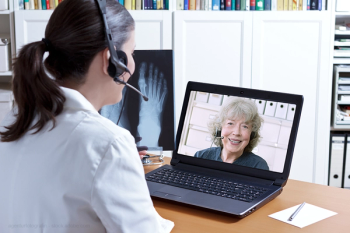
EarlySense is helping Sheba Medical Center in Israel to protect staff who are treating patients for the coronavirus through monitoring and are prepared to implement similar solution in hospitals and skilled nursing facilities.

According to a recent report by Ball State University, abbout 17% of U.S. employees could be negatively impacted if social distancing becomes the norm as the nation attempts to contain COVID-19.
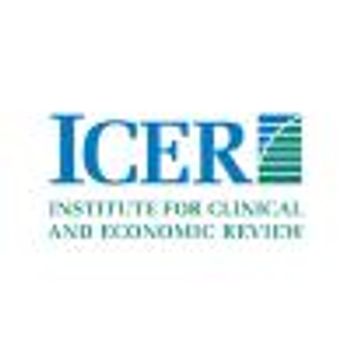
A week in review with Manage Healthcare Executive's most popular online articles for the week ending March 7, 2020.

The Leukemia & Lymphoma Society cautions consumers to be wary of short-term plans and urges state and federal policymakers to protect patients.

A week in review with Manage Healthcare Executive's most popular online articles for the week ending February 29, 2020.

New Coverys Report identifies root causes of surgery-related claims and strategies to improve patient safety.

Three in 10 likely voters are concerned about health insurance, OOP costs.

131,000 Americans, ages 30-64, have a diagnoses
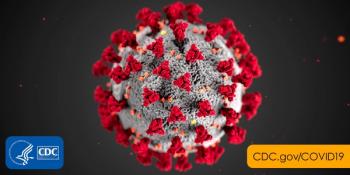
Radiologists at Mount Sinai say they have identified telltale patterns

The collaboration will open new opportunities in the care experience by enabling healthcare organizations to automate the delivery of dynamically rendered, personalized and time-sensitive digital content across the clinical and operational aspects of a patient’s care journey.
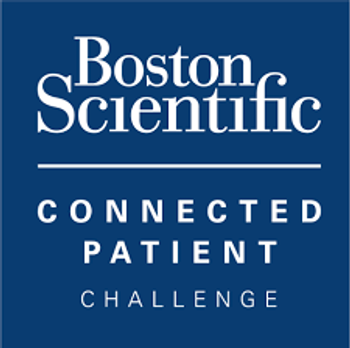
Scheduled to face off on February 27.


V-Sensor- and e-Checkup-enabled smartphones measure temperature, blood pressure, respiration and other vital signs to medical accuracy.

2020 wellness survey finds employees want more health programs, but few employers are offering them.
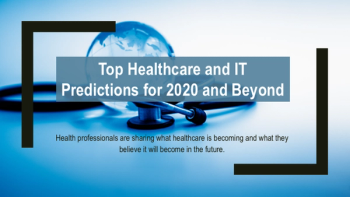
Health professionals are sharing what healthcare is becoming and what they believe it will become in the future.

Managed Healthcare Executive surveyed hundreds of healthcare leaders and professionals to collect information on how their organizations are affected by technology. This year’s survey displays data focusing on healthcare organizations’ current status, patient access, data collection, communication, and future with technology.
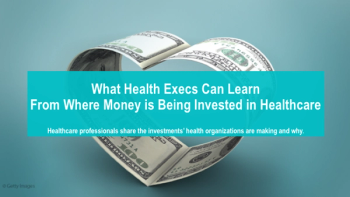
Healthcare professionals share the investments’ health organizations are making and why.

In first year of operation, CareMount ACO physicians reduced costs while improving care.

New plan from CVS Caremark eliminates member cost as a barrier to medications without raising costs for benefits, premiums or deductibles.

Patients' use of referrals has declined by 44% in the past year, and they now use an average of three different online sources to find a doctor, according to Doctor.com's annual consumer survey report.

Script.AI, healthcare IT solution, is bringing transparency to the prescription drug market and finding 46% savings opportunities for payers.

Cleveland Clinic and GYANT partner to digitally transform the post-discharge process through engagement which helps patients stay in touch with their providers and offering a more efficient patient and caregiver experience.

Of the $350 billion widely cited as the cost of administrative complexity, $40.6 billion is spent on eight business transactions.
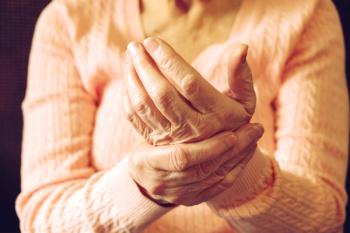
Scientific Founder of Akelos Inc., Peter Goldstein, was recently awarded the two-year grant from the National Institutes of Health to develop a non-opioid alternative meant to improve treatments for chronic pain, curb the rates of opioid use disorder and overdose, and achieve long-term recovery from opioid addiction.

Nine in 10 believe in-home visits would provide the same or better quality of care.